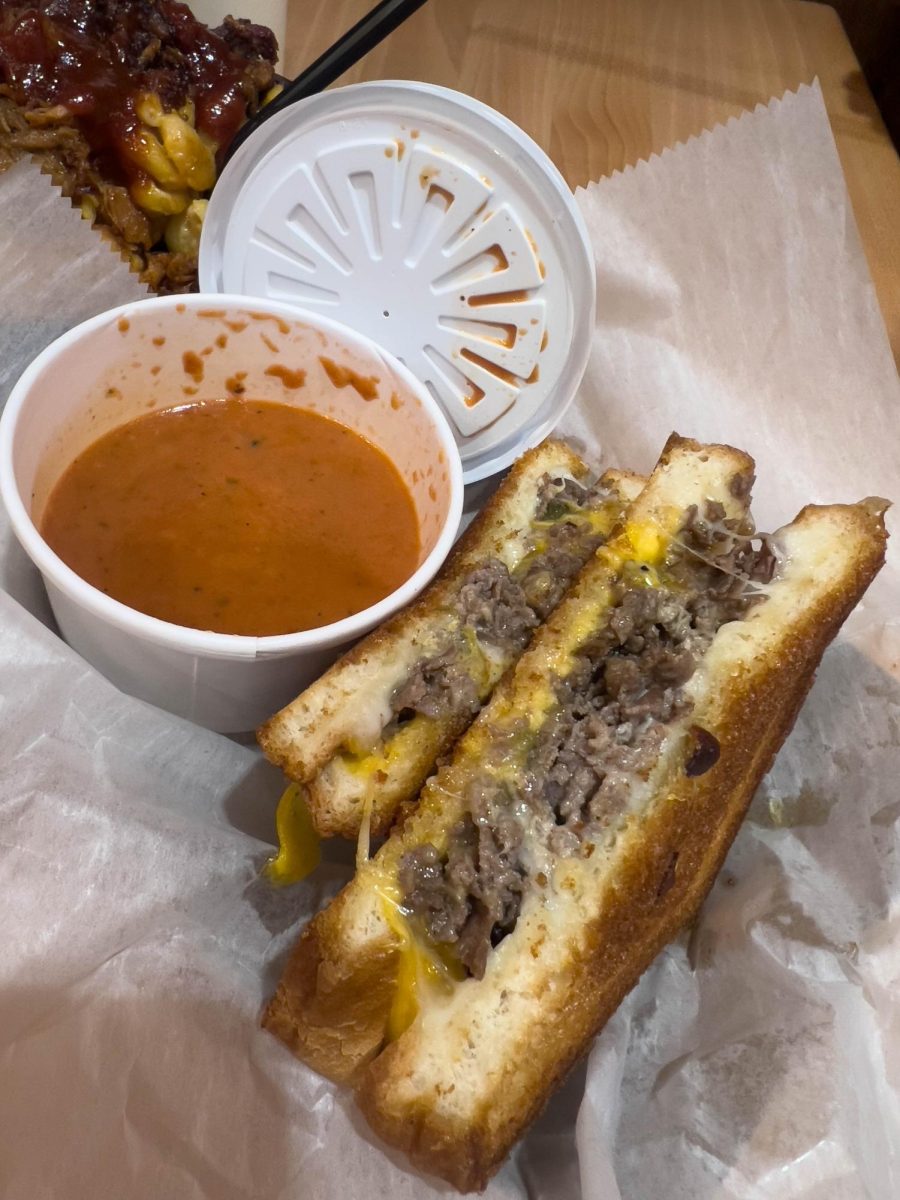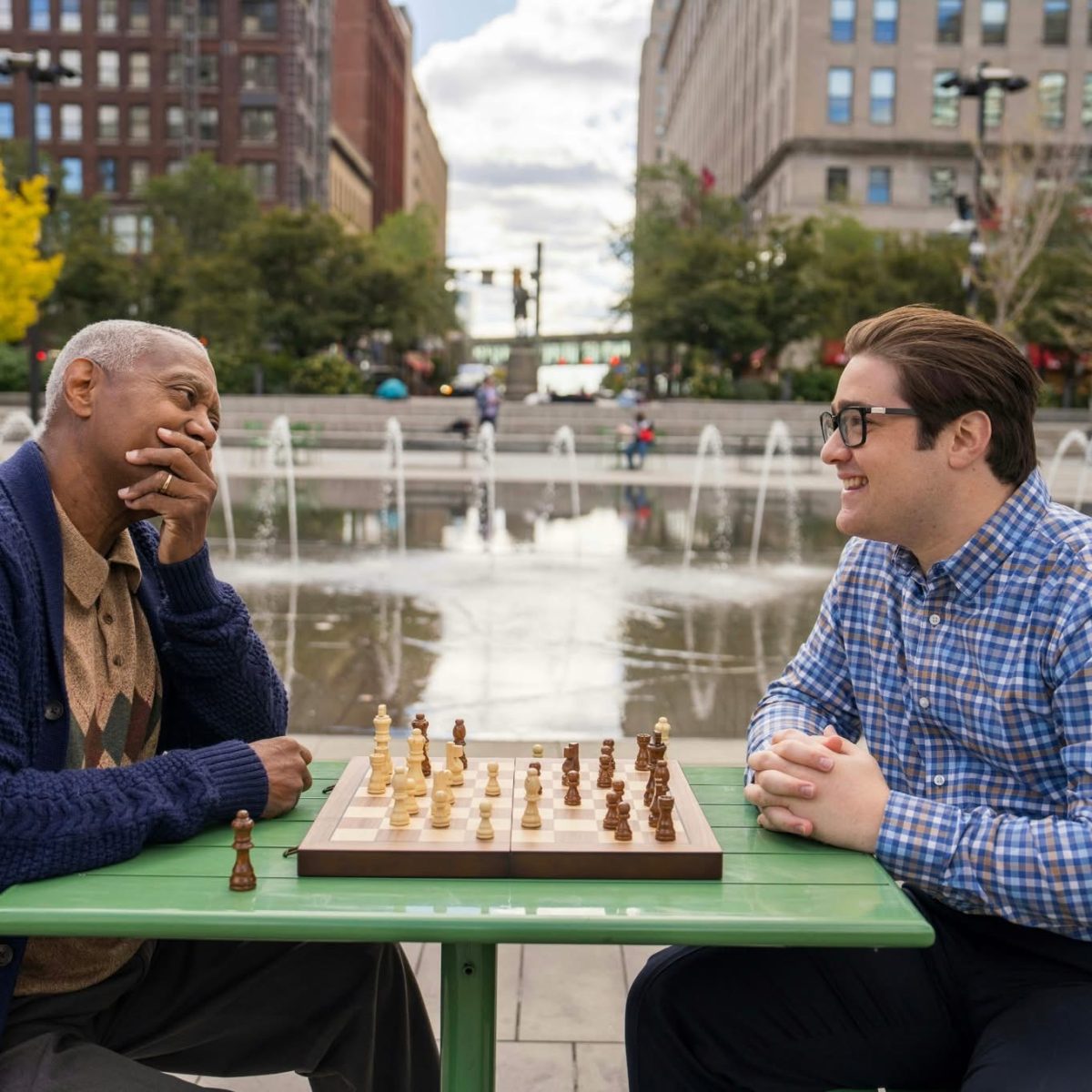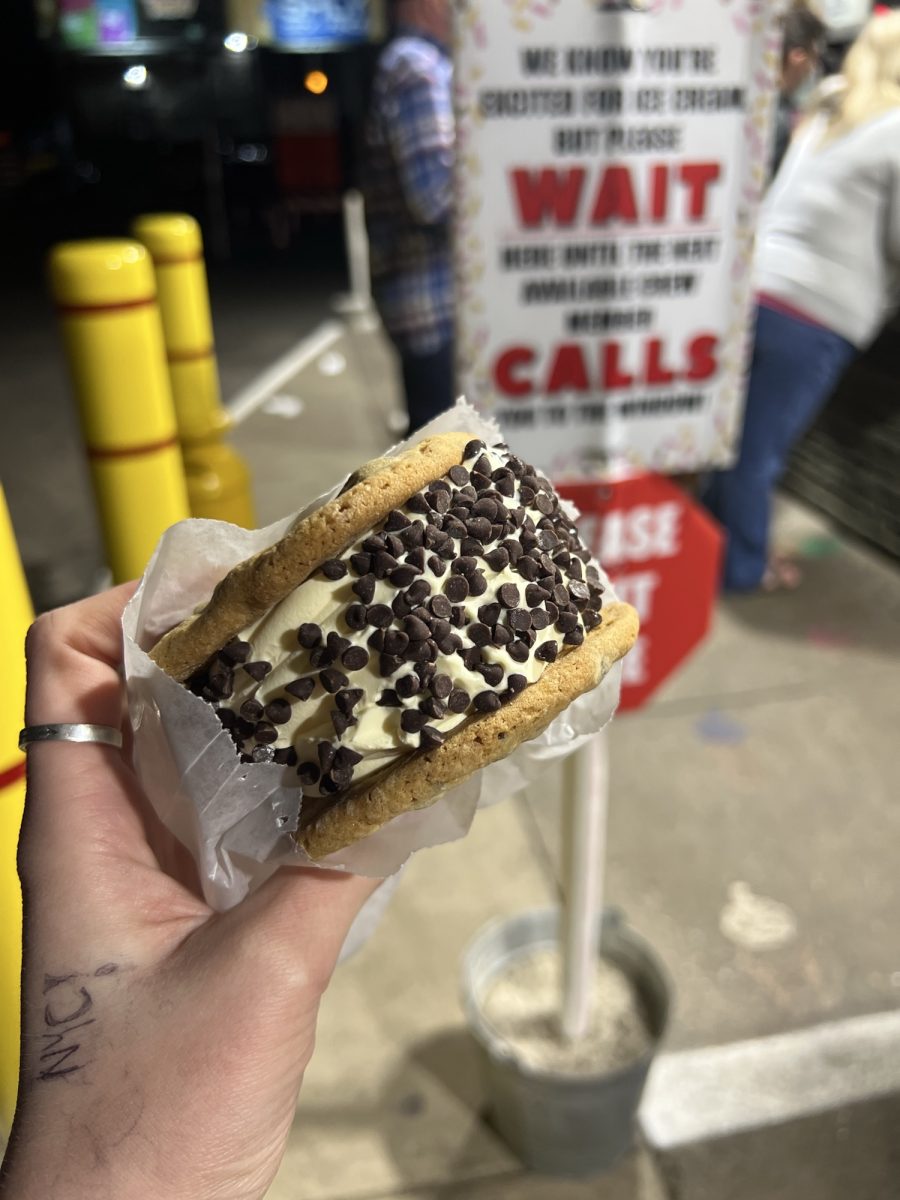Amira Hanafin, 30, an artist and educator from Chicago, stopped by Space Gallery, 812 Liberty Ave., with some friends while exploring the city. In town for a wedding ceremony, Hanafin said the collection, Paper Politics, looked very interesting from the window, so she and her party decided to take a closer look.Indeed, the view from the gallery’s floor-to-ceiling windows sparks curiosity; the various original prints, colorful and dramatic, are exhibited in “constellations” or sections of patch-worked prints with no real order, rhyme or reason to each section’s composition.Paper Politics has been exhibited in seven cities in the United States and Canada. Now, with Guest Curator Josh MacPhee, the collection has hit post-G-20 Pittsburgh, almost a year after the days of protests and violence humbled yinzers and halted the city.Paper Politics is a collection of silkscreen and block print originals by over 180 artists from around the world, according to Space Gallery’s press release. The collection is a mash-up of political and social messages coated in paints; specifically, artists tackled a range of issues from U.S. involvement in Iraq and Afghanistan to issues of poverty and the wealthy, even memorials to great heroes and heroines of civil rights like Rosa Parks.”There are a variety of voices here,” Hanafin said. “Some are more overtly political, others are shocking visuals that act almost like poetry from the American Revolution, representing anger, betrayal and strength without using text. She prefers the more subtle works that do not use words to send messages. Hanafin stated very strictly that artists must use their medium for advocacy and “to be socially and politically aware is a responsibility.”In the same press release, it is stated that the printed works exhibited in the collection encourage conversation as well as activism. The importance of advocacy, as Hanafin explained, translates into other visual media including the news media.Karen Bullock, a junior photojournalism major and food section editor for “To The Point” magazine, said in an e-mail interview, “In photojournalism, I think that advocacy should and does play a major role in not only my work, but in other people’s work as well.”She went on to say that art should be more than the technicalities of the visual.”I think that it is important to use art, whether it be photographs or not, as social commentary because art is something that people are going to talk about, so why not make their conversation important? Why not get someone thinking about more than just the colors and the lines in the artwork?”Bullock shares Hanafin’s idea of artistic responsibility to be socially and politically engaged, and to encourage conversation through artistic expression.”I think when a photograph entices people to talk about social issues and open their eyes to many issues that they did not know existed, then the photographer has done his or her job.”
SPACE wrapped up in ‘Paper Politics’
Written By Rachel Nunes
•
June 29, 2016
0
Navigate Left
-
FEATURES'Burgh Bites: The best bites from this academic year
-
 FEATURESCAB hosts annual Spring Fling
FEATURESCAB hosts annual Spring Fling -
 FEATURES'Burgh Bites: Lola's Eatery: Pricey but delicious
FEATURES'Burgh Bites: Lola's Eatery: Pricey but delicious -
 FEATURES'Burgh Bites: The Nook: Trypophobia trigger warning
FEATURES'Burgh Bites: The Nook: Trypophobia trigger warning -
 FEATURESSecond annual 'Out of the Darkness' walk for suicide awareness
FEATURESSecond annual 'Out of the Darkness' walk for suicide awareness -
 FEATURES'Burgh Bites: Melt'd: An overpowering amount of barbecue
FEATURES'Burgh Bites: Melt'd: An overpowering amount of barbecue -
 FEATURESFormer SGA president books commercial with Ohio Lottery
FEATURESFormer SGA president books commercial with Ohio Lottery -
 FEATURESStudio 412 brings fashion to Point Park
FEATURESStudio 412 brings fashion to Point Park -
 FEATURES'Burgh Bites: Page's Dairy Mart: Saucy South Side hot dog
FEATURES'Burgh Bites: Page's Dairy Mart: Saucy South Side hot dog -
 FEATURESJuried Art Exhibition displays student photography
FEATURESJuried Art Exhibition displays student photography
Navigate Right

